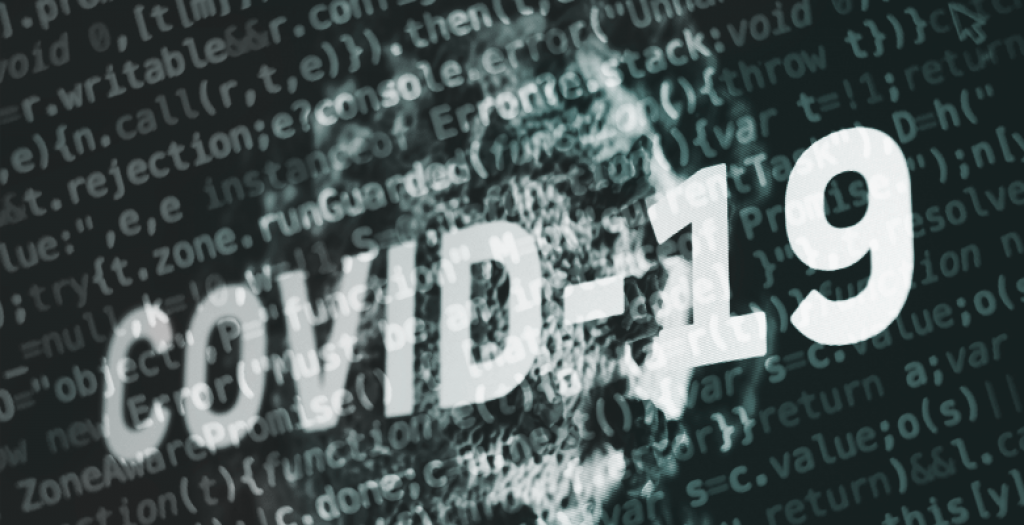Open Science in corona times

Related Content
COVID-19: combat liquidity shortages with immediate loss carryback
Immediate loss carryback is an important measure to provide affected companies with short-term liquidity.
Read moreTransparent Research
The initiators and spokespersons of the TRR 266, Caren Sureth-Sloane and Joachim Gassen, look back at how the project came to life, and explain why transparency is not only the subject of their research but also central to their work philosophy.
Read more
Responses